The main areas of fundraising
Grannies’ Pizzas for Vishranthi Old People’s Home

by SOFII
How can two ladies, in their seventies, collect over 10 million rupees to build an old age home? It would be difficult for anyone to answer that question, particularly when the correct answer is – by selling pizzas. The case is an inspiration for anyone who believes in following their dreams.
Read moreThe Chilean Bible Society: mobile phone texting campaign
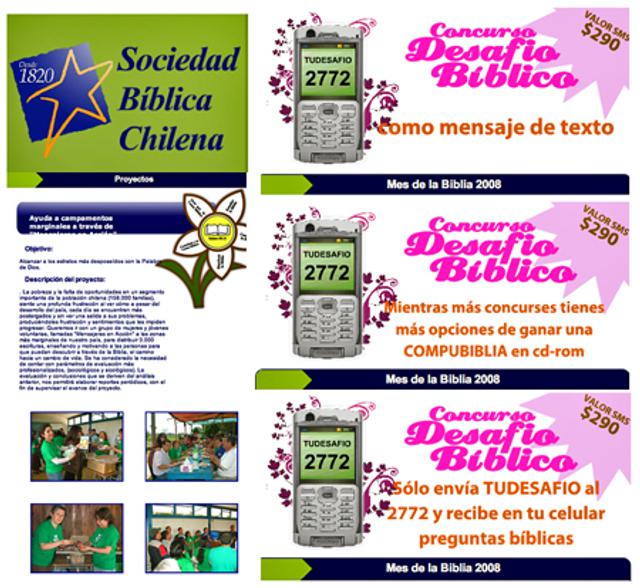
by SOFII
SOFII's first exhibit from Chile. This is a very clever use of text messaging with an intriguing involvement device built in, in the form of a Bible knowledge quiz. Each text generates a small donation and increases the sender's bible knowledge, which must suit the Chilean Bible Society very well.
Read moreGive India’s Joy of Giving Week
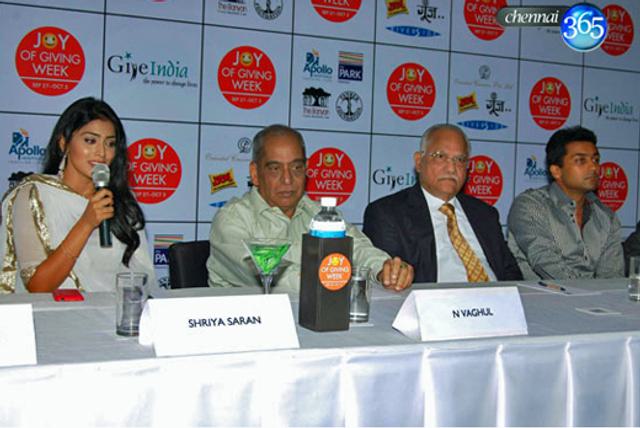
by SOFII
This is a truly great initiative and one that we're sure will be a big success. The Joy of Giving week is a first of its kind in India, and rather than being an individual fundraising activity, it acts as a platform for many NGOs across the country to raise funds for their operations.
Read moreSense’s brilliant style for face-to-face fundraising
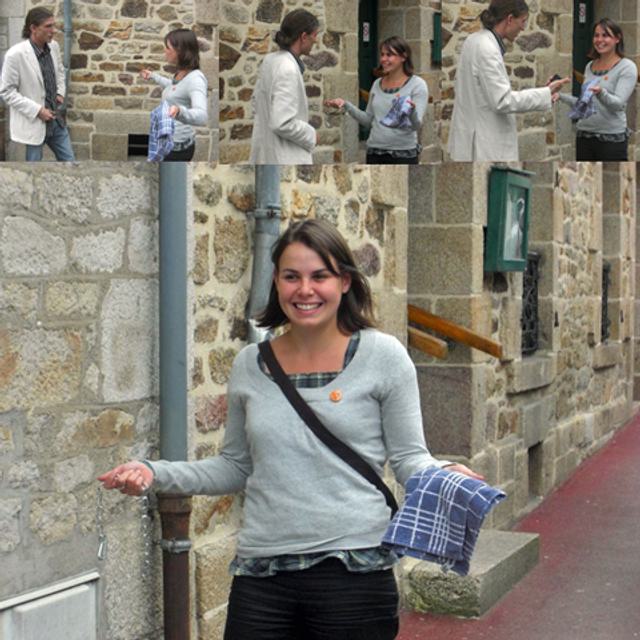
by SOFII
Imagine the dark and silent world of a deaf and blind child. That's what Sense's street fundraisers asked passers-by to do. Those who stopped to listen were treated to a charming, evocative story that eased them effortlessly into the charity's case for support.
Read moreGiveIndia’s electronic newsletters: opening a door to effective giving in India
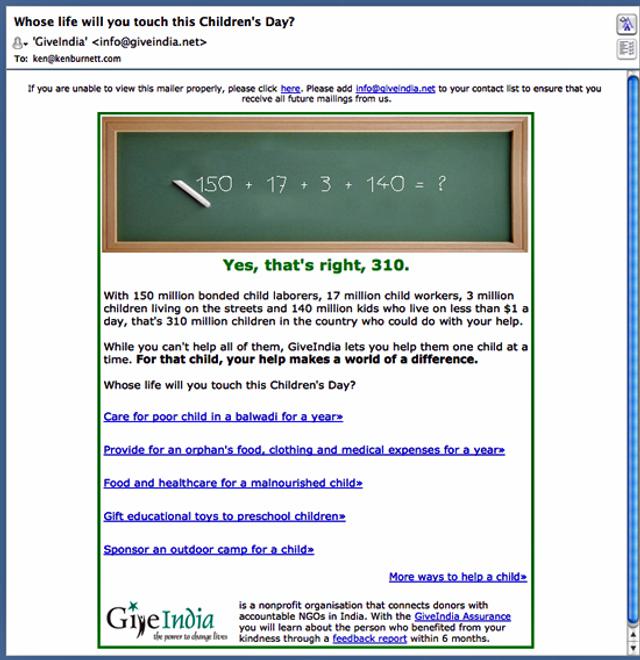
by SOFII
E-mailed newsletters are common nowadays but few have the simple directness and sheer appeal of this example from GiveIndia. GiveIndia's October 2008 newsletter starkly presents the great social challenges that face the sub-continent, but then it succinctly encourages donors by showing them how they can get involved and make a difference.
Read moreAustralian Conservation Foundation: end of year appeal
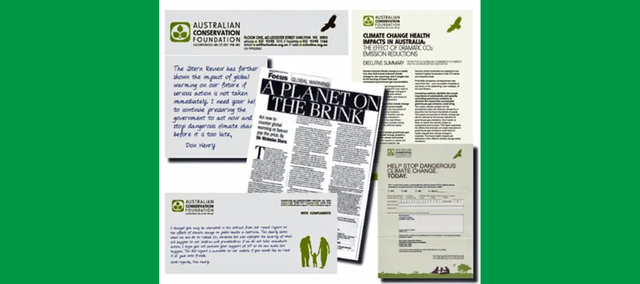
by SOFII
By changing the way that donors were asked for support, ACF was able to triple income and response with this mailing. It is a brilliant example of a credible, compelling and engaging direct mail piece to a warm audience.
Read moreBritish Heart Foundation: the ‘calculate the cost of heart disease’ mailing
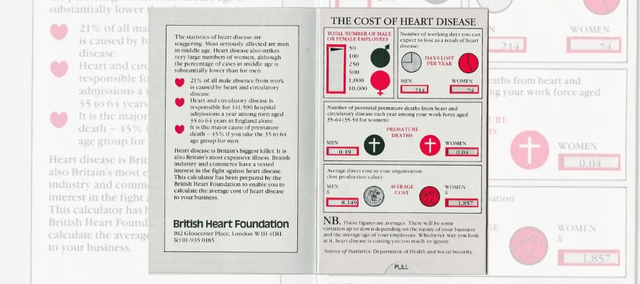
by SOFII
This is irresistible. How could any cost-conscious businessman or woman resist playing with this gadget to get an idea of what heart disease is costing his or her bottom line each year?
Read moreRNLI: ‘stand behind these men’ press ad

by SOFII
The message is simple and direct – it tells who the RNLI is, what it does, and gets straight to the point by asking what the reader will contribute. It also uses a photograph of a crew member at the top of the page – a tradition that continues today.
Read moreGreenpeace International: the reinvention of face-to-face fundraising
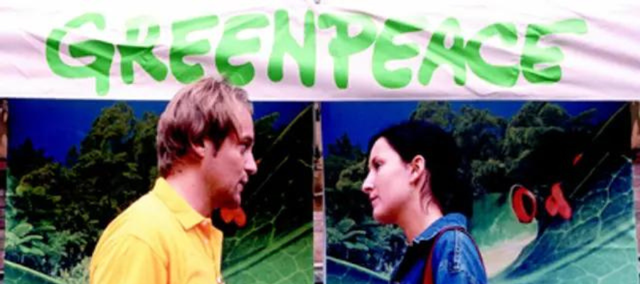
by SOFII
Across the world the approach Greenpeace developed for direct dialogue changed the way fundraising organisations recruit new monthly direct debit donors. Raising millions, perhaps billions of pounds in the process.
Read moreUNICEF India: the ‘tele-facing’ campaign

by SOFII
This novel approach to re-qualifying potential major donors sits between telephone and face-to-face fundraising. It is an example of how telephone fundraising and face-to-face fundraising are evolving and being adapted in India to take account of the country’s large population and distinctive business culture – with quite impressive results.
Read moreGreenpeace India: SMS lead generation

by SOFII
Face-to-face fundraising everywhere faces the same problems of high cancellation rates and low retention. This innovative, adventurous approach to pre-qualifying leads for F2F is particularly interesting in that it was first developed and tested in India. The SMS lead generation campaign is a filter mechanism designed to source ‘warm prospects’.
Read moreFarm Africa: ‘ask for what you need’

by SOFII
How do you ask a maojor donor for $50,000 when she’s at the other end of a telephone line and you’re in a very noisy tapas bar? Do you make ‘the ask’ in the worst possible surroundings? The lesson from this case study is that as long as ‘the ask’ is right, it doesn’t matter where you are.
Read more






